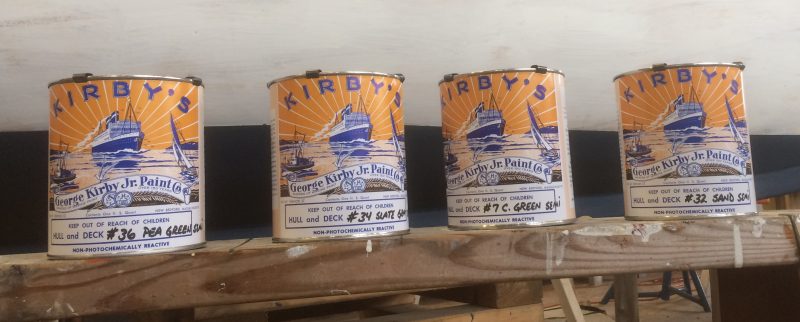
One morning, several years ago, I looked out the shop window to see a vibrant, bright green Friendship sloop sitting at the dock. The contrast between it and the sea of white yachts surrounding it was so dramatic that I couldn’t help but introduce myself to the owner to find out more about the boat. I asked him where I could find topsides paint in such beautiful colors, and he told me I should call George Kirby down in New Bedford, Massachusetts.
The rich palette offered by the George Kirby Jr. Paint Company is distinctively different from other marine paints, and over the years I’ve kept coming back to Kirby paint because its high quality is what the beauty of a hand-built boat deserves. The customer service is outstanding, there are 55 stock colors to choose from, and they can color-match anything.
Kirby’s Topside Hull and Deck paints are traditional oil-based alkyd enamels that come in gloss, semigloss, or matte; you can order a premix nonskid SoftSand rubber granules if you’re using it for a deck. I usually use semigloss as it hides the scrapes and dings that accumulate after years of use. Kirby’s gloss would offer an eye-catching but unostentatious shine if you have new or well-coddled boat with unblemished surfaces.
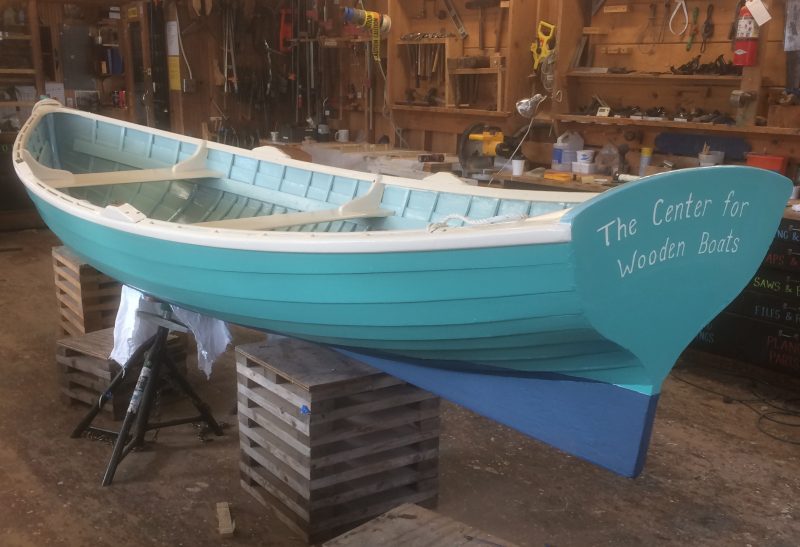
Once ignored by visitors to the Center for Wooden Boats, this Whitehall was rented more often after a facelift with Kirby paints.
We’ve seen an uptick in rentals at the Center for Wooden Boats in Seattle once we started using Kirby paints to make our small-boat color schemes more fun. We painted the hull of an old Whitehall with #7 C Green, which has a nice blue tone to it, trimmed it out with #32 Sand, which is a light cream color, and painted the interior with a light #19 Blue. Now visitors take notice of this bright little boat.
Surface preparation is pretty straightforward. I make sure everything is well sanded before the first coat, and I lightly sand with 120-grit between coats. I’ve also used the paint on fiberglass-and-epoxy sheathing. I just make sure that any blush from the epoxy is washed off with soap and water.
When you dip a brush into a can of Hull and Deck paint, you’ll notice it is rather thick. This minimizes runs on vertical surfaces; one new coat usually hides the previous color if it’s not too dissimilar. Although Kirby states that priming isn’t necessary for the paint to adhere to new surfaces, if I am applying the paint to a new surface, or one that was recently stripped, I often start with primer, and then apply two finish coats. Sometimes on the second coat the paint will drag a little too much, especially if it’s cold, in which case I’ll mix in a capful of thinner. This helps with easier flow on the surface and better leveling of brushstrokes.
The paint dries moderately hard, and I have found it to be quite durable. It tends to abrade rather than chip off, so it can withstand rubbing against a dock or from frequent hauling on a trailer. The paint also blends in pretty well if you have to touch up any big scratches. I like to try and reapply a maintenance coat every season, keeping prep work to a minimum, but I’ve had Kirby paint last a couple seasons just fine with only a little muting of the color.
The George Kirby Jr. Paint Company also produces other traditional marine products such as pine tar, canvas filler, and deck oil. The company was founded in 1846 to supply durable paint for the local fishing fleet, and is still owned and operated by the same family.![]()
Josh Anderson attended the Apprenticeshop
Topside Hull and Deck paint is available from the George Kirby Jr. Paint Company. Quarts cost $30 to $32; gallons $75 to $80.
Is there a product that might be useful for boatbuilding, cruising or shore-side camping that you’d like us to review? Please email your suggestions.

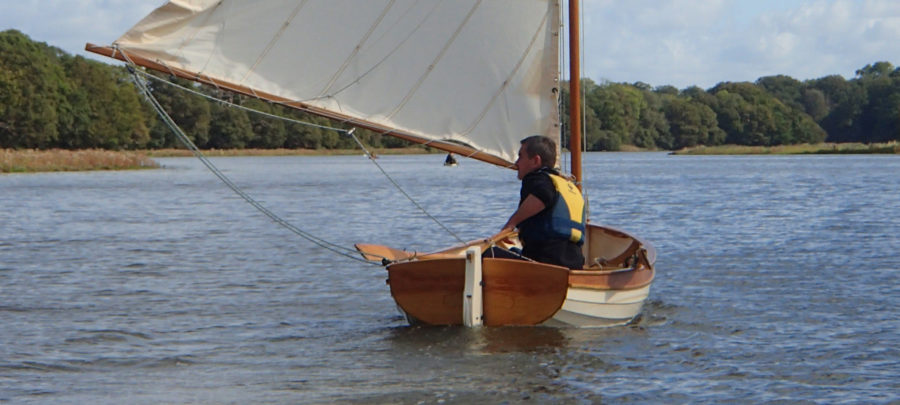
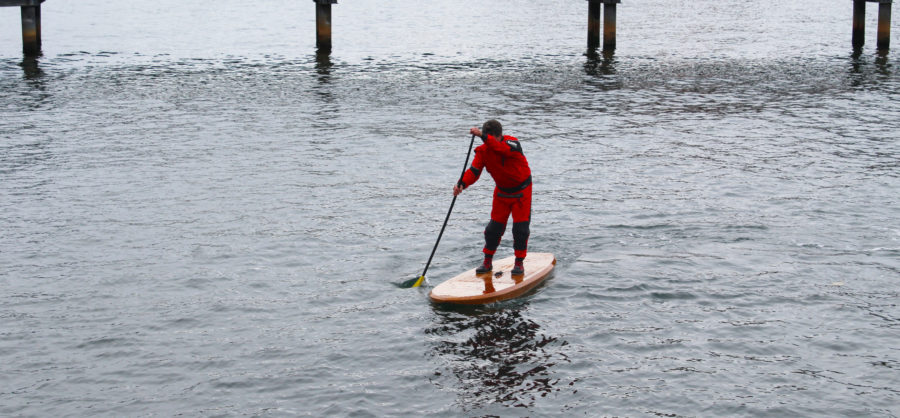

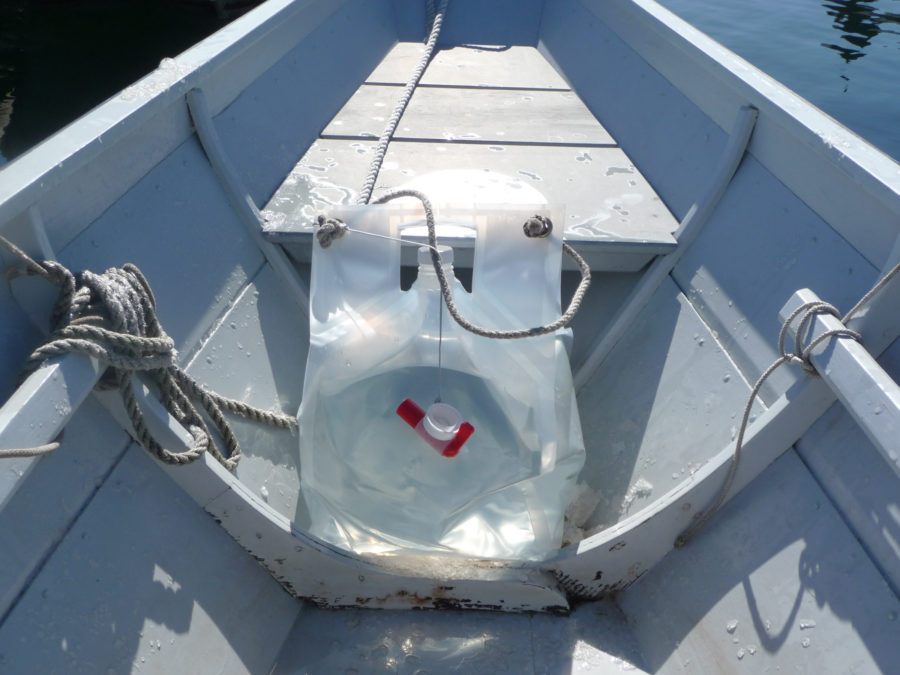
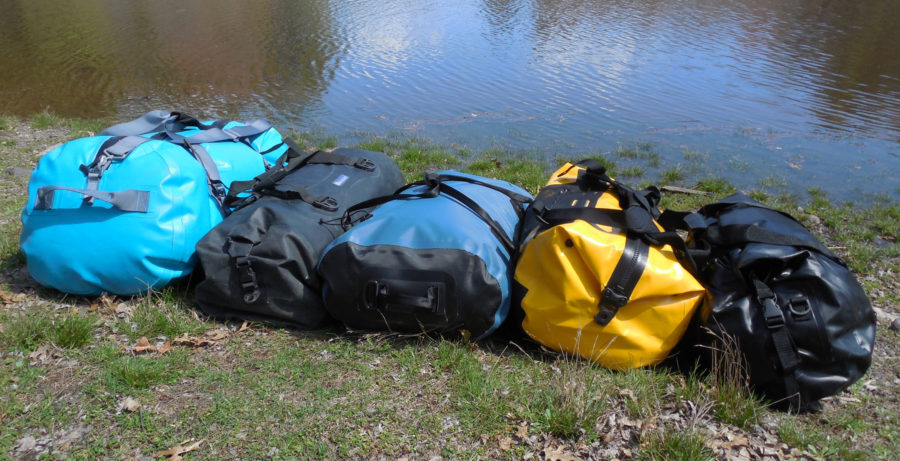
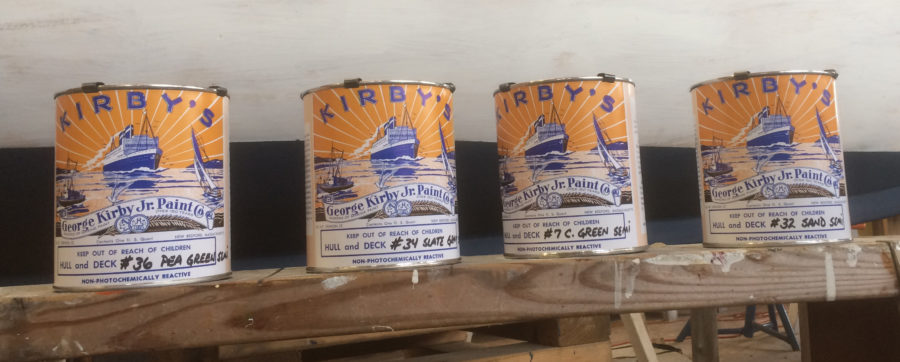
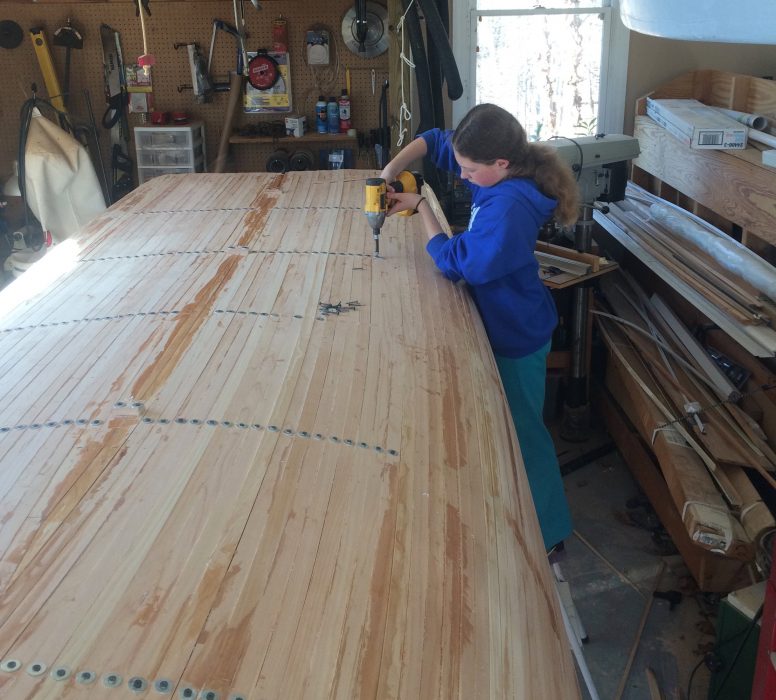
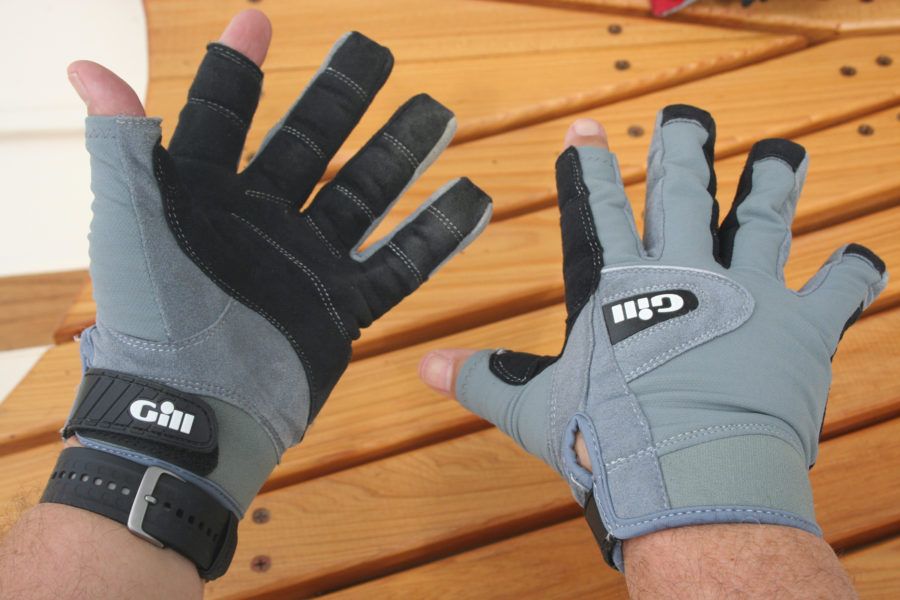
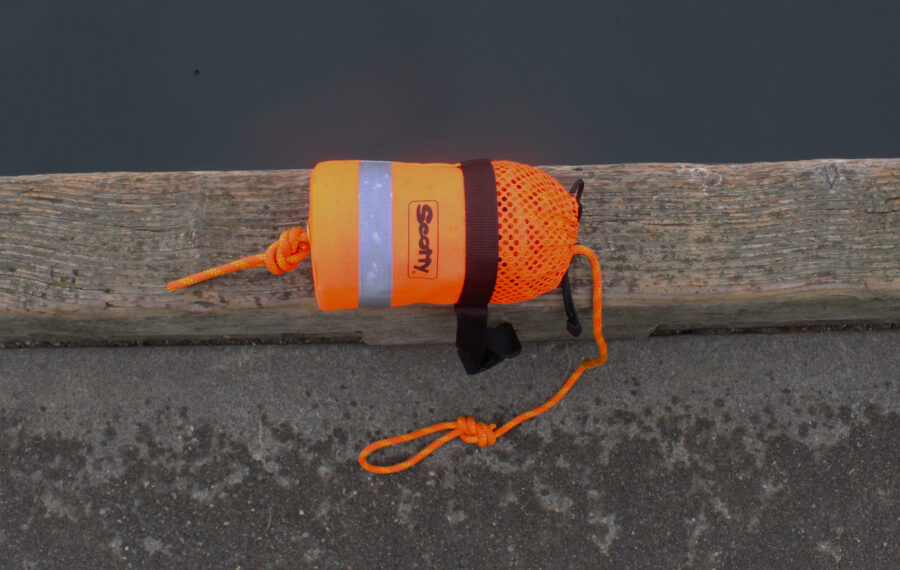

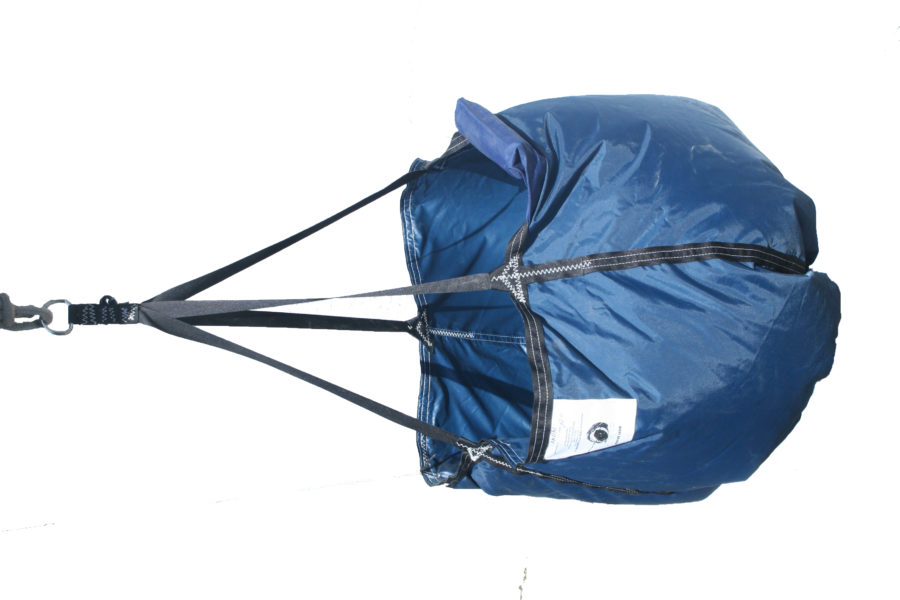
Looks like I could be sold. To heck with Interlux and others. Designer boat colors. Could be a color change in the future for my Seaford Skiff. It’s almost like hiring a hull decorator.
I will definitely check it out on my next trip to Acushnet and Freetown. Both are minutes from New Bedford.
Thanks!
Kirby paints are excellent. The customer service is fantastic. I even used their paint on some wicker furniture that needed to be refinished.
GRATEFUL, my Penobscot 14, wears #3 cut 2:1 with white. The stuff is luscious to apply, and durable. The only drawback to her party dress results from all the admirers I have to talk with every time I pull up to the launch site.
Kirby’s is amazing. When I wanted an alternative to white-lead paste, with which to bed my boat’s new canvas deck, they invented a new, unleaded product for me. And they tinted it to match my custom color, in case there was any bleed-through. My custom color is also Kirby’s, of course. I couldn’t find a chip of exactly what I wanted, so I sent them two commercial house-paint chips, asked them for something in between, and they hit it perfectly. Their paint is thicker than I was used to, and it took me a bit of practice to get the application right, after years of Pettit, Z-Spar, etc, but I’ve now got the hang of it and it goes on well with either brush or roll-and-tip. It looks great, wears well, and is easy to prep for next year’s maintenance.
Using some Kirby on a Sunfish, it goes on smooth and covers well. The #4 Orange it brilliant, just what we wanted. We will be ordering more. And customer service is great.